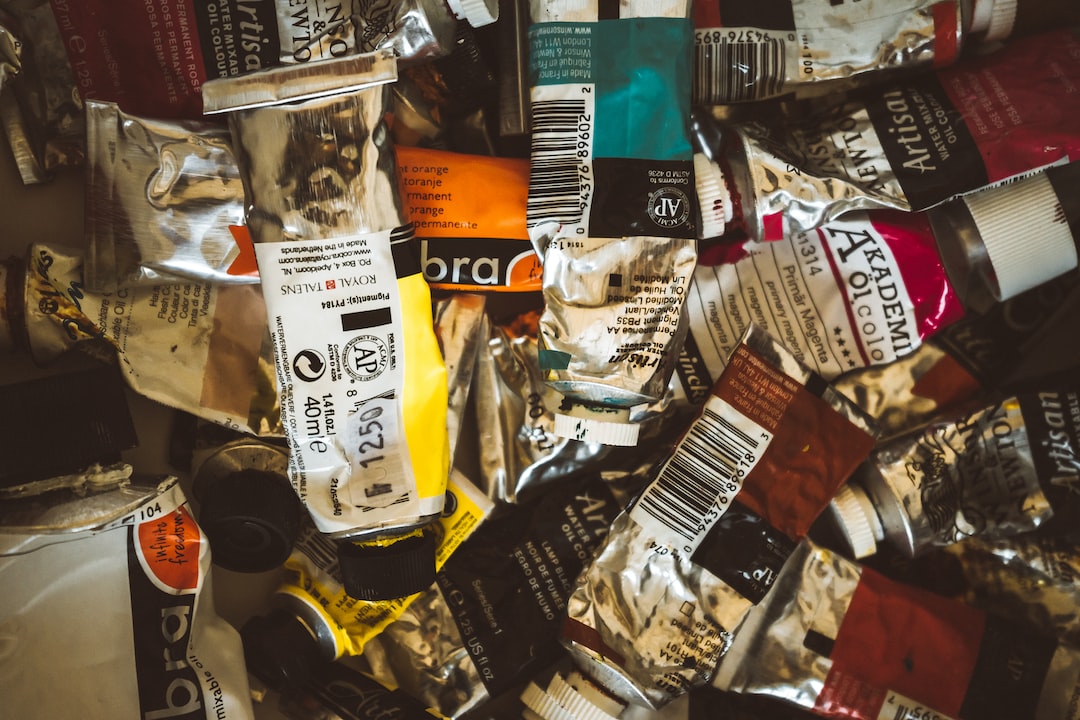The Power of Street Murals in Community Engagement
In recent years, street murals have become a popular form of artistic expression that goes beyond aesthetic appeal. These vibrant outdoor art pieces have the power to transform neighborhoods and bring communities together like never before. With their ability to engage community members, foster a sense of pride, and create a platform for social change, street murals have emerged as powerful tools for community engagement.
One of the greatest strengths of street murals is their ability to engage community members of all ages and backgrounds. Unlike traditional forms of art confined to galleries and museums, street murals are accessible to everyone. They are not hidden away but are displayed in public spaces, making them highly visible and inclusive. This accessibility encourages community members to interact with the art, stimulating conversations and connections.
Moreover, street murals provide an opportunity for community members to actively participate in their creation. Often, these murals are a collaborative effort between artists and the local community. By involving residents in the painting process, street murals create a shared experience that fosters a sense of ownership and pride within the community. This process also allows for the inclusion of diverse perspectives, as individuals contribute their ideas and stories to be represented in the artwork.
Street murals also have the ability to transform and revitalize neighborhoods, creating a positive impact on the overall community. By breathing new life into abandoned or neglected spaces, murals can help deter crime and improve the perception of safety in an area. These colorful and visually engaging art pieces attract both locals and tourists, thus increasing foot traffic to local businesses and boosting the local economy.
Furthermore, street murals have the potential to be powerful educational tools. Many murals convey important social and environmental messages, acting as platforms for social change. For example, murals can raise awareness about social injustices, environmental issues, or historical events, sparking conversations and promoting understanding within the community. By making these topics visible and relatable, street murals encourage dialogue and empower individuals to take action.
In addition to engaging the local community, street murals have proven to be effective in bridging gaps between different communities. When artists collaborate with individuals from diverse backgrounds, they create a space for dialogue and understanding. The art becomes a means of communication and an opportunity for people to learn about and appreciate each other’s cultures and experiences. This promotes empathy, unity, and a celebration of diversity within the entire community.
The impact of street murals is not limited to the present moment. These art pieces have the power to leave a lasting legacy and act as symbols of community identity for years to come. They become landmarks within the neighborhood, attracting attention and admiration long after their creation. The existence of street murals in a community signifies that it values art, creativity, and expression, enhancing the overall sense of pride and belonging among its residents.
In conclusion, street murals have emerged as a powerful tool for community engagement, transcending the boundaries of traditional art forms. Their ability to engage community members of all ages, transform neighborhoods, educate, bridge gaps between communities, and leave a lasting legacy make them a catalyst for positive change. As the popularity of street murals continues to rise, their potential to strengthen communities and promote social harmony should not be underestimated.

